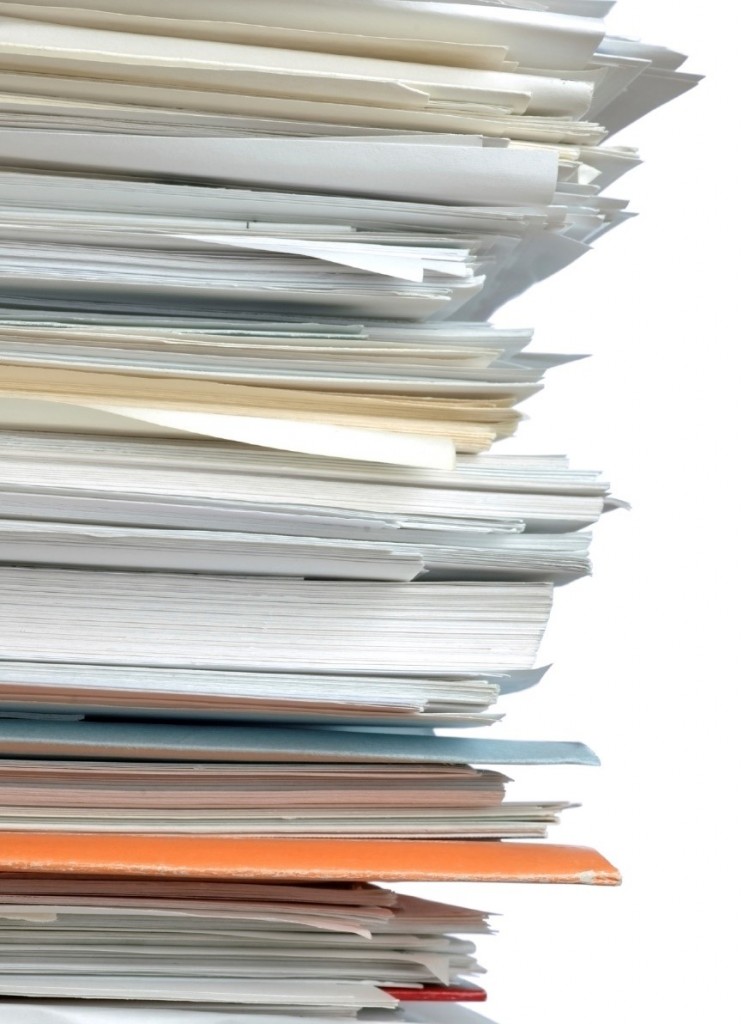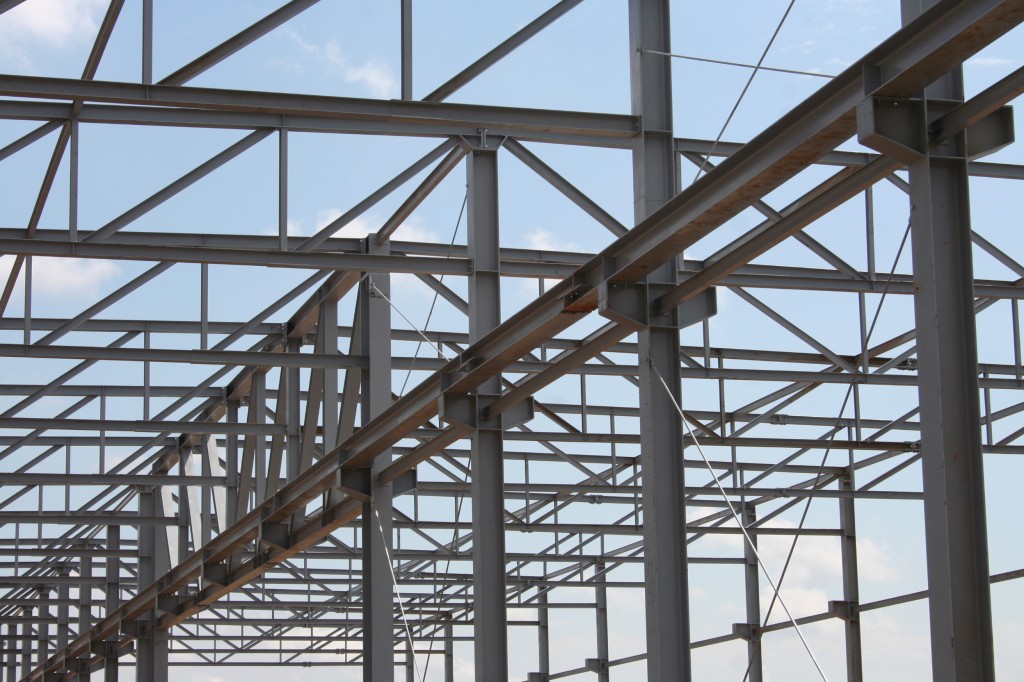
The adage “God is in the details” holds particularly true in construction. Every successful project hinges on meticulous planning, precise execution, and a thorough documentation process. This is where submittals come into play, acting as the connection between design intent, contractual obligations, and the physical realization of a project.
Submittals: The Backbone of Quality Control and Assurance
Submittals are more than just paperwork; they are the detailed proof that a project is being built according to the approved plans and specifications. They demonstrate how the contractor intends to fulfill or has fulfilled the requirements outlined in the contract documents. In essence, submittals are a critical mechanism for quality control (verifying work during construction) and quality assurance (ensuring the final product meets expectations).
The Key Players: The contractor is responsible for preparing and submitting the required documentation, following the guidelines typically outlined in the project specifications. The consultant (architect, engineer, or other design professional) then reviews the submittals and takes appropriate action, including approving, rejecting, or requesting revisions.
Types of Submittals: A Project Lifecycle Perspective
Submittals aren’t a one-time event; they are an ongoing process that spans the entire lifecycle of a project. They can be broadly categorized into three phases:
- Preconstruction Submittals: These kick off once the contract is awarded, setting the stage for a smooth construction process. They include:
- Certificates: Insurance, payment, and performance bonds provide financial security for the project.
- Schedules: Construction and submittal schedules outline the project timeline and milestones.
- Risk Management Plans: Traffic control, erosion control, recycling/sustainability plans, fire safety plans, etc., address potential hazards and ensure compliance with regulations.
- Construction Submittals: The heart of the submittal process, these documents track progress during the building phase. They can be further divided into:
- Action Submittals: These require review and approval from the consultant, ensuring that the right products and materials are being used before they are installed. Examples include shop drawings, product data, samples, and mock-ups.
- Informational Submittals: These document the construction process and verify that the completed work aligns with the contract documents. Examples include QA submittals, design data, test reports, certificates, manufacturer’s instructions, site photos, and sustainability documentation (e.g., LEED).
- Closeout and Maintenance Submittals: As the project nears completion, these submittals ensure a smooth transition to the building’s owner or operator. They include:
- Operation & Maintenance (O&M) Manuals: These comprehensive guides provide instructions on operating and maintaining the various systems and components of the building.
- Bonds and Warranties: These protect the owner against defects or deficiencies in the work.
- As-Built Drawings and Record Documents: These reflect any changes made during construction and serve as a valuable reference for future maintenance and renovations.
- Maintenance Material Submittals include spare parts and extra stock materials to facilitate future repairs.
Why Submittals Matter: The Big Picture
Submittals may seem like a bureaucratic burden, but they are crucial in achieving project success. Here’s why they matter:
- Quality Assurance: By reviewing submittals, consultants can identify and correct potential problems before they become costly mistakes.
- Contract Compliance: Submittals help ensure the contractor fulfills their obligations as the contract documents outline.
- Communication and Collaboration: Submittals facilitate communication between contractors, consultants, and other project stakeholders.
- Documentation: Submittals provide a detailed project record, which can be invaluable for future reference.
- Risk Management: Submittals help identify and mitigate risks, such as safety hazards or potential delays.
Conclusion: As technology continues to evolve, so does the submittal process. Digital submittal platforms are streamlining workflows, improving collaboration, and enhancing transparency. The importance of submittals in construction cannot be overstated. They are the unsung heroes of successful projects, ensuring quality, compliance, and communication throughout the construction lifecycle. By understanding the different types of submittals and their role in the construction process, project teams can harness the power of details to achieve exceptional results.
Streamlining Submittals with Digital Solutions: The RForm Advantage
Managing the submittal process manually can be a logistical nightmare. Keeping track of numerous documents, deadlines, and revisions can lead to errors, delays, and miscommunication. Fortunately, digital solutions like RForm have emerged to simplify and streamline this critical aspect of construction management.
RForm’s submittal and transmittal features are designed to alleviate the administrative burden of the submittal process. Contractors can easily submit shop drawings and other documents through the platform, with each submission automatically logged and timestamped. This eliminates the risk of lost documents and ensures a clear audit trail.
Timely notifications and status indicators inform team members about upcoming review dates, ensuring that submittals are reviewed efficiently and projects stay on track. RForm’s revision control features also guarantee that everyone is working with the latest version of a document, preventing confusion and rework.
Perhaps one of the most significant advantages of using a digital platform like RForm is the boost in collaboration and transparency. All project stakeholders can easily access and review submittals in real time, fostering communication and eliminating information silos. This improves efficiency and helps build trust and stronger working relationships between team members.
The submittal process becomes seamless and intuitive with RForm’s automatic form numbering, scheduling reminders, and digital file attachment capabilities. By reducing the administrative overhead, construction professionals can focus on what they do best – building high-quality projects that meet or exceed client expectations.
The Future is Digital
As the construction industry embraces digital transformation, tools like RForm are indispensable for managing complex projects. By leveraging technology to automate and streamline processes, construction teams can improve productivity, reduce errors, and ultimately deliver better results.
Once a cumbersome and time-consuming task, the submittal process is now being revolutionized by digital solutions. With RForm and other similar platforms, the future of submittals is bright, efficient, and collaborative.

